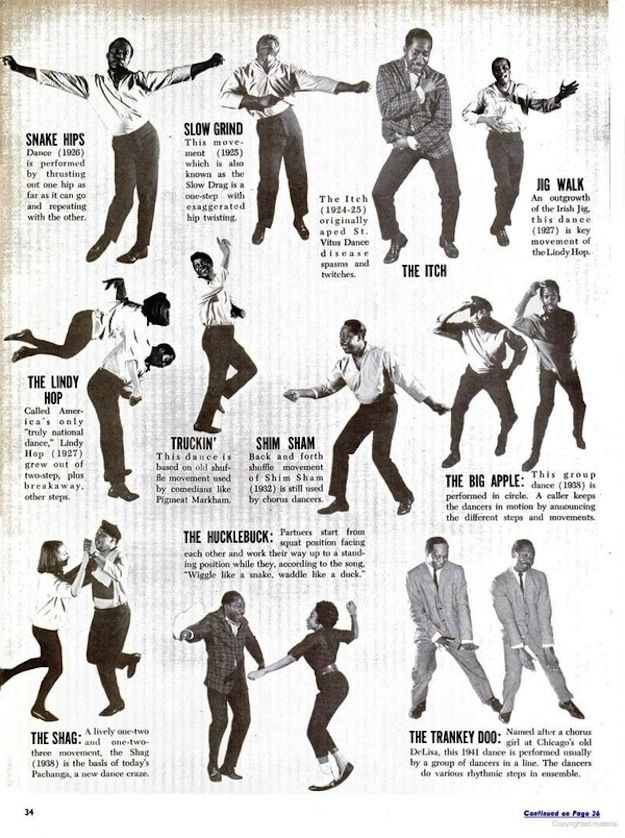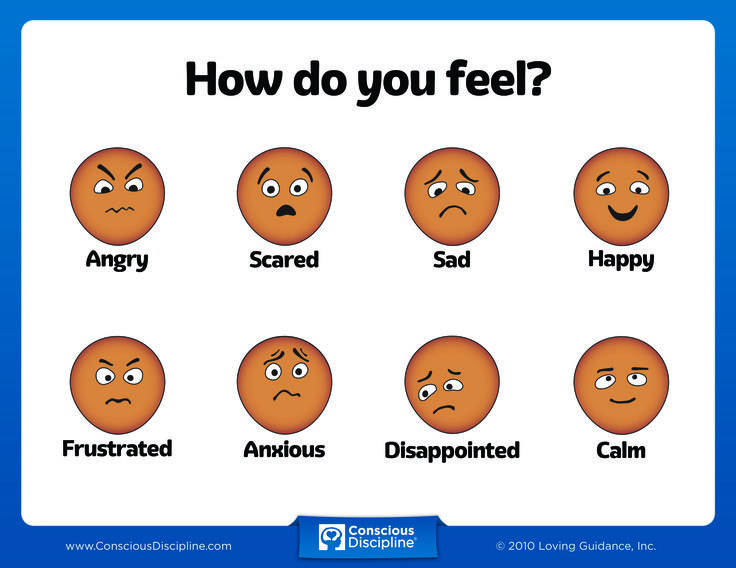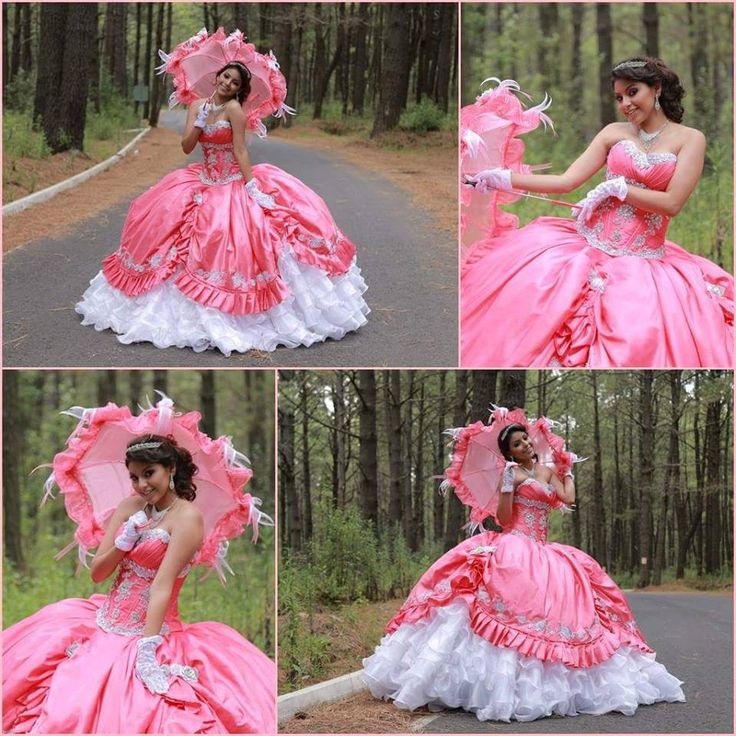How do they teach horses to dance
Charro Riding: Cruelty Behind The "Dancing"
Ulysses was so severely abused by his previous owners that the shelter was going to euthanize him.
Ulysses is one of our Hanaeleh Horse Ambassadors and we point to him as one of several examples of the the horses we’ve rescued who have been abused and suffered in “Charro” riding. Ulysses came to Hanaeleh from the Riverside Animal Shelter, where he had been picked up as a stray, wandering around the riverbed, starving to death.
Ulysses had cuts and scars across his legs, back, chest, neck, and face; there was not one part of him that was not either hurt or had a scar from being hurt in the past. His front legs show multiple bowed tendons as well as scarring from being hit repeatedly with a blunt object. He still, three years later, has scars across his hips, back and flank. His eyesight is minimal, and, unfortunately, he is neurological as well, which is a result of the Charro training method, not a natural condition.
Please donate to help us save more horses from Charro abusers (no amount is too small).
What is a Charro?
A Charro is a Mexican cowboy, and the discipline today is rooted in the concept of needing a horse to move large groups of cattle. Today, however, the riders practice in an arena and there are rarely cows involved. The saddle is a throwback to the saddles used when roping and herding cattle and are often quite heavy with large pommels. They are now decorated with silver and can often be quite colorful. Unfortunately, there is a great deal of abuse in Charro riding.
In California we often see the result of horses who have been “charroed” or put through the abuses that are quite common to the discipline.
NOTE: At Hanaeleh, our credo is to keep all equine abuse information palatable without whitewashing. We want you to have all the facts and the following descriptions may cause uneasiness or upset.
Charro Riding is Horse Abuse
Ulysses was cut up and scarred across his face and entire body when he came to Hanaeleh.
In Charro riding, the horse is made to “dance,” or prance about while the rider sits comfortably on his back. The horse is agitated while “dancing,” and often downright terrified.
To train the horses to “dance” (which is often a bastardization of a piaffe or passage), the horses are cross-tied and stand on wooden planks. They are cross-tied so they cannot move forward, and as one person stands behind the horse with a whip, two other individuals stand at the horse’s front, alternately hitting the horse’s legs with a stick or a whip. The horse quickly learns to pick his feet up instead of being hurt. These continual beatings are most likely how Ulysses got to be so scarred across his legs and back today.
Very much like the Tennessee Walking Horses who are trained for saddleseat, the Charros attach chains to the horse’s legs in an attempt to make the horses throw their legs out in an unnatural manner. The visual effect is that the horse is “dancing” and is more dramatic.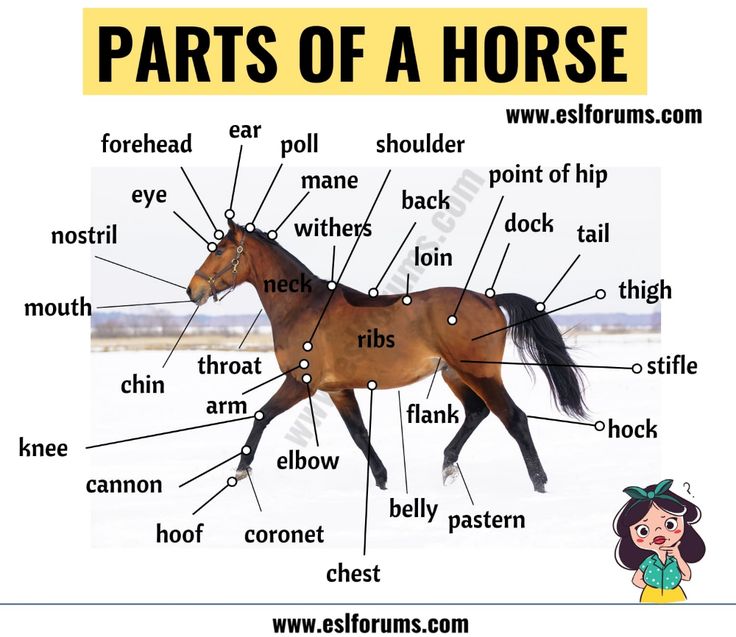 The reality, however, is that the horse is terrified of being hurt by the chain smashing against his legs.
The reality, however, is that the horse is terrified of being hurt by the chain smashing against his legs.
Charro “Dancing” in Action
Below is a short video that shows horses being trained in the Charro method of dancing. Please note that Hanaeleh did not create this video, but it gives you an idea of the abuse that Ulysses and other Charro horses go through (there are several typos in the video, but please look past that to see the message itself):
Charro Cruel Practice of Tying Horse’s Head for Hours
Charros don’t like a lot of head and neck action from their horses; they want the feet to be moving, but not the head and neck. In order to prevent the horse from flailing about and trying to escape the rider’s spurs, the Charro will tie the horse’s head up very high (often to the roof of the stall), or tie the horse’s head to his chest in an attempt to fatigue the neck. The horse’s neck muscles are so tight and exhausted that the horse is unable to fight his rider.
Charro Riding is Why Ulysses is Neurological
Our vet surmises that there are several pinched nerves throughout his neck that have caused his neurological issues. Unfortunately we did not get to Ulysses in time to repair the damage that these riders did to him, and his neurological issues cannot be reversed to the point where he would be considered “normal.” Instead, we try to massage his neck area and give him high doses of supplements like Vitamin E that help improve circulation.
Horse “Tripping” (Charro Riding’s Heinous Sibling)
Charros, like American cowboys, will also rope horses and throw them to the ground for sport or to try to prove their dominance over the horse. This is also known as tripping. This causes an extreme amount of damage to the horse’s legs and joints, sometimes causing permanent damage. We have worked with other individuals who have rescued a pony or smaller horse only to discover that their horse was both physically and emotionally traumatized from being used for tripping or trained by Charros. The horse ends up experiencing a complete mental breakdown or is so scared that he is unsafe to be ridden.
The horse ends up experiencing a complete mental breakdown or is so scared that he is unsafe to be ridden.
Nevada was severely traumatized by the Charros who owned him, then left him to starve to death.
Not all Charro Riders Adhere to These Abusive Practices
Indeed, there are likely many who are kind and take their time in training their horses. Unfortunately, we see the result of the abuse. We see the horse who was taken to auction after the Charros hurt the horse so badly that he will never be safe for riding again.
We see an amazing horse like Ulysses deal with the aftermath of the abuse that he suffered, and know that if it were not for our intervention, that he would be dead. He would have been euthanized, not because he was a bad horse, and not because he had any physical issues to begin with, but because people deliberately set out to hurt him because they either did not know how to train him humanely, or just didn’t care to do so.
Hanaeleh urges that instead of defending the entire group of Charro riders, those who do not resort to abusive practices will call out those who do! They will help prevent more horses like Ulysses from being tortured in an undisguised attempt to show off.
Please click the DONATE button below so we can spread this message further and save more horses!
Hanaeleh is a 501(c)(3) (Tax ID 20-3255341) Nonprofit horse rescue operating in Southern California since 2004 and every penny donated goes to the horses.
We are 100% volunteer-run and we’re a Verified Rescue with Global Federation of Animal Sanctuaries.
We rescue all breeds and ages of horses, and after we rehabilitate them, we work to find them new loving homes. When horses are not adoptable due to severe neglect or abuse, we provide sanctuary for them to live out their days knowing they’ll always be loved and cared for.
How are dancing horses trained?
During the festivities and horse events it is inevitable to stop and look at the dancing horses. The trust that animals have in their trainers, the respect that both of them often show. It is a true spectacle that everyone should see at least once in their life.
But how do you train a horse to dance? What does it take to get her to dance? If you would like to teach your friend to move to the rhythm of the music, do not stop reading.
Table of Contents
- 1 What is the piaffe?
- 2 How are dancing horses formed?
- 3 The dancing horses of Spain
What is the piaffe?
To teach a horse to dance, the first thing to do is find out what the piaffe is. As well. This is a movement similar to the trot of a horse that performs on a point. Based on years of training, the horse gets to lower his hips, shift the weight on his hindquarters and raise his right side following the music, in a natural way. Thus, they can participate in the best piaffe competitions in the world.
But that does not mean that only some horses know how to dance. In fact, anyone can learn the footsteps of piaffe through the training of a trick that must always end with a prize for the animal. Likewise, respect and patience are key so that the horse feels like learning, and does not do so for fear of possible reprisals. We must never forget that they are animals, that they have feelings and that, therefore, they deserve our respect.
Likewise, respect and patience are key so that the horse feels like learning, and does not do so for fear of possible reprisals. We must never forget that they are animals, that they have feelings and that, therefore, they deserve our respect.
How are dancing horses formed?
Once this is known, it will be time to get down to work, or rather, to mount our horse 🙂. Therefore, we will follow this step by step:
- The first thing we will do is take him for a walk. A short walk. It is not about tiring him, but to relax him a little. It is known that working with a calm animal is much easier than with a nervous one. The first will pay attention to us; the other will prefer not to.
- Then, We'll trot him up and pull him up. We will move his shoulders and hips and ask him to put his head up and down. We will do it several times, letting you rest for a few seconds between exercise and exercise.
In the event that he does not do it, or if it costs him to do so, instead of asking him so much, what we can do is ask him to get up and simply shake his head; then we lower him and then we ask him again to get up and move his hips.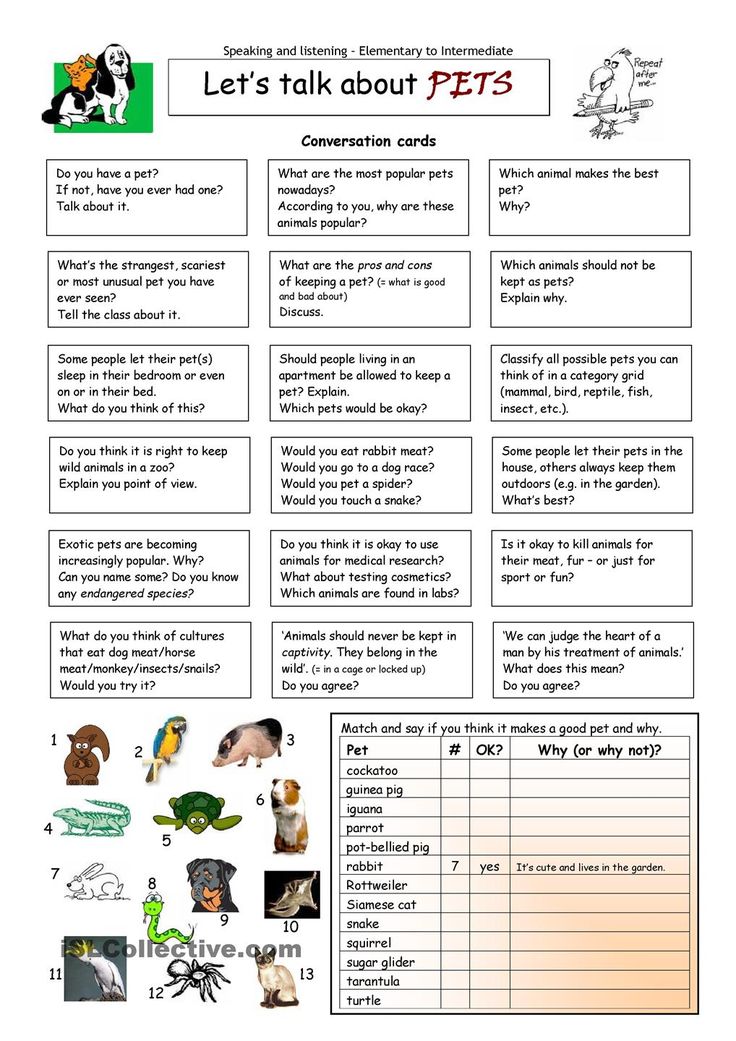 Thus, asking him one thing at a time will probably make it much easier for him to learn what we are teaching him.
Thus, asking him one thing at a time will probably make it much easier for him to learn what we are teaching him. - Now we will put a halter on the horse and fasten a rope. As we are starting, a simple halter and a lead will do; later we can use a bridle and saddle to connect one side of the rein to the right side of the horse. To make it easier for us, we can use both side reins that we will connect from the fillet ring to the circumference of the same side about 23cm below the animal's back. We will tie his tail up with an elastic band so that it does not bother us.
- Afterwards, we will stop the horse so that the wall or fence is on its right. We will stand it on its left side. With the dressage whip, we have to reach its hind legs. We will touch the left hind leg until it rises and then we offer it a prize. We will repeat the same with the right rear leg.
- Next, we put the bridle or saddle, and the side reins. We will ask you to lift left, right, left, and we will reward you.
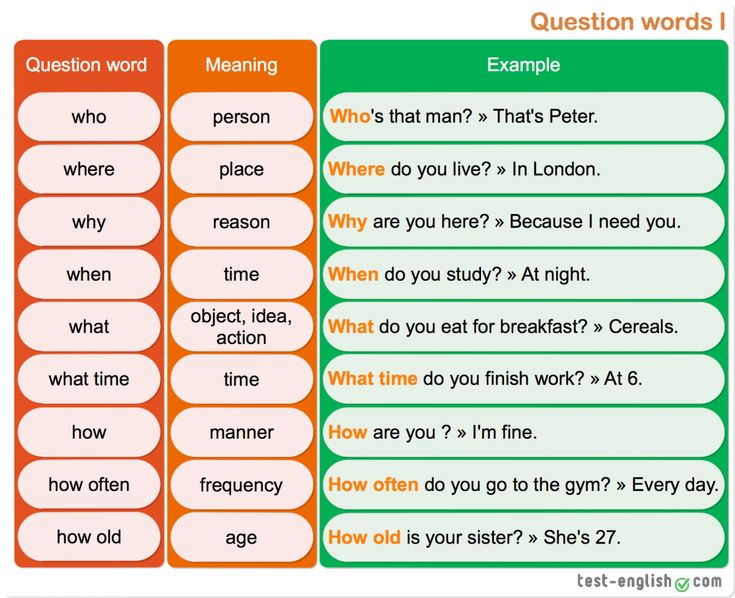 The response must be quick, but the same, if we see that it costs you, we will go back and slow down. It is not about making the horse perfect: perfection does not exist. It is about teaching him something trying to have fun, and he will not do it if we ask him for more than he is capable of doing at that moment.
The response must be quick, but the same, if we see that it costs you, we will go back and slow down. It is not about making the horse perfect: perfection does not exist. It is about teaching him something trying to have fun, and he will not do it if we ask him for more than he is capable of doing at that moment. - Finally, what we will do is touch its front legs. If you are nervous, we will let you lower your head or we will lower it ourselves; so it will calm down. On the contrary, if we see it animated, we will raise it up so that it feels proud. If he behaves well and, above all, if he does a step that looks like a dance, we will give him a well-deserved reward and let him rest.
The sessions have to last about ten minutes, no more. The horse must be prevented from feeling frustrated, since doing so will lose interest in learning to dance. Also, I insist, we have to be very patient. It may take weeks until we see that the animal is learning it.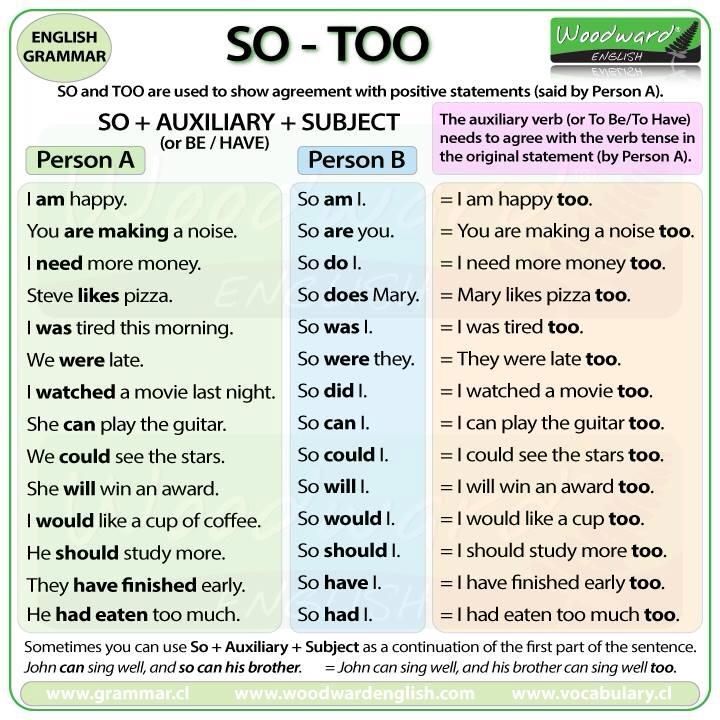
The dancing horses of Spain
In Spain we are extremely lucky to be able to enjoy the show that the dancing horses give. Especially in Andalusia, these animals are the real stars of many of the festivals and events, such as the Horse Festival that is celebrated in Jérez, or in my town Ses Salines (Mallorca) for the Sant Bartomeu festivities (late August).
With Spanish music and costumes typical of the XNUMXth century, the dancing horses and their riders dance their wonderful equestrian ballet using the technique of classical dressage and cowgirl, hooking, handwork and carousel.
Did you know how dancing horses were trained? Do you dare to teach your friend to move to the rhythm of the music? 🙂
The content of the article adheres to our principles of editorial ethics. To report an error click here!.
It may interest you
How are dancing horses trained? | Noti Horses
During festivities and equestrian events, you can't help but stop to watch the dancing horses. The trust that animals have in their trainers, the respect that both often show each other. This is a real spectacle that everyone should see at least once in a lifetime.
The trust that animals have in their trainers, the respect that both often show each other. This is a real spectacle that everyone should see at least once in a lifetime.
But how do you teach a horse to dance? What does it take to make her dance? If you want to teach a friend how to move to the rhythm of the music, don't stop reading.
Index
- 1 What is piaffe?
- 2 How are dancing horses formed?
- 3 Dancing horses of Spain
What is piaffe?
To teach a horse to dance, the first thing to do is to find out what a piaffe is. Also. This movement is similar to the trot of a horse moving over a point. . Based on years of training, the horse naturally lowers the hips, transfers weight to the hindquarters, and raises the right side to follow the music. This way they can compete in the best piaffe competitions in the world.
But this does not mean that only some horses can dance. In fact, anyone can learn the piaffe by learning a trick that must always end with the animal prize . Similarly, respect and patience are key to making the horse feel eager to learn and not afraid of possible reprisals. We must never forget that they are animals, that they have feelings and therefore deserve our respect.
How are dancing horses formed?
As soon as this is known, it's time to get to work, or rather, sit on our horse 🙂. So we will follow this step by step:
- The first thing we do is take him for a walk . Short walk. The point is not to tire him, but to relax him a little. It is known that it is much easier to work with a calm animal than with a nervous one. The first will pay attention to us; the other chooses not to.
- Then, We will fit it and pull out . We will move his shoulders and hips and ask him to raise and lower his head.
 We will do this several times, giving you a few seconds of rest between exercise and exercise.
We will do this several times, giving you a few seconds of rest between exercise and exercise.
In the event that he does not do this, or if it is difficult for him to do so, instead of asking him so much, we can ask him to stand up and just shake his head; then we put him down and then ask him again to stand up and move his hips. Thus, if you ask him one thing at a time, he will probably have a much easier time learning what we are teaching him. - Now put a halter on the horse and tie a rope . In the beginning, a simple halter and leash will do; later we can use the bridle and saddle to connect one side of the rein to the right side of the horse. To make it easier for us, we can use both side reins, which we will connect from the loin ring to the circumference of the same side about 23 cm below the back of the animal. We will tie his tail with an elastic band so that he does not interfere with us.
- After that, stop the horse so that the wall or fence is on the right.
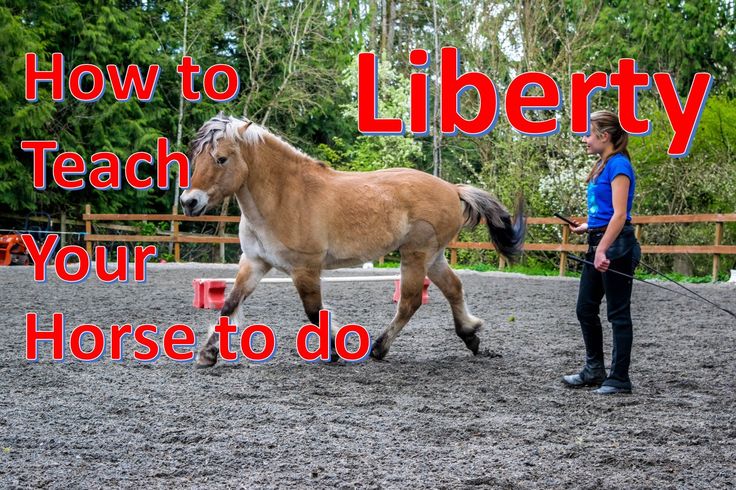 We will put it on the left side . With the help of a dressage whip, we must reach his hind legs. We touch the left hind leg until it stands up, and then we offer it a prize. Repeat the same with the right hind leg.
We will put it on the left side . With the help of a dressage whip, we must reach his hind legs. We touch the left hind leg until it stands up, and then we offer it a prize. Repeat the same with the right hind leg. - Next, we put on a bridle or saddle, as well as side reins. We will ask you to move left, right, left and reward you with . The answer should be fast, but the same, if we see what it costs you, we will come back and slow down. It's not about making the horse perfect: perfection doesn't exist. It's about teaching him something while trying to have fun, and he won't do it if we ask him for more than he is capable of doing at the moment.
- Finally, what we will do is touch his front legs . If you are nervous, we will let you lower your head or lower yourself; so calm down. On the contrary, if we see him animated, we will lift him up to make him feel proud. If he behaves well and, above all, takes a step like a dance, we will give him the prize he deserves and let him rest.
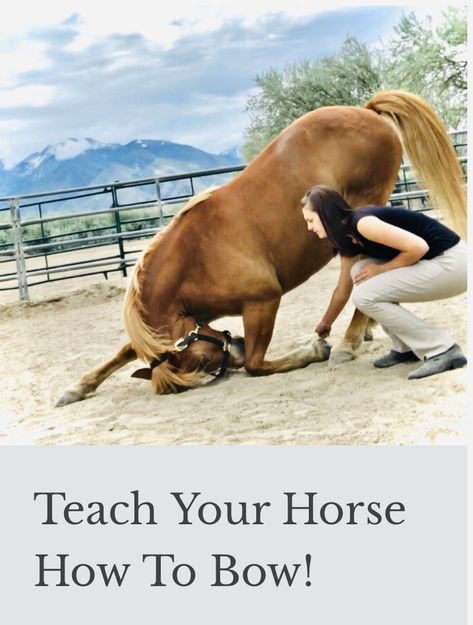
Lessons should last about ten minutes. , no longer needed. Don't let your horse feel frustrated as this will lose interest in learning to dance. In addition, I insist, we must be very patient. It may be weeks before we see an animal learning this.
Spain's Dancing Horses
In Spain we are very fortunate to be able to enjoy a show of dancing horses. These animals are the real stars of many festivals and events, especially in Andalusia. , for example, the Festival of Horses, which is celebrated in Jerez, or in my city of Ses Salines (Mallorca) during the festival of San Bartomeu (end of August).
With Spanish music and costumes typical of the eighteenth century, dancing horses and their riders dance their wonderful equestrian ballet using dressage and cowgirl techniques, hooks, handwork and carousels.
Did you know how dancing horses were trained? Do you dare to teach a friend to move to the rhythm of the music? 🙂
The content of the article complies with our principles of editorial ethics. To report a bug, click here.
You may be interested
How Andalusian horses dance - Photoblog of Sevryukova Evgenia - LiveJournal Friends, thank you very much for your heartfelt congratulations, kind words and good wishes! :) Your attention is very nice for me :) I'm glad that I have you! :)
And today I want to show you how the Andalusian horses dance.
As part of the international military music festival "Spasskaya Tower", performances of the Royal Andalusian School of Equestrian Art were held at the equestrian arena on Red Square.
Today I will try to tell you about the history of the school, the art of training horses and show the beauty and grace of these magnificent animals, the interaction and sensitivity of understanding of the rider. At the end of the post there is a bonus video recording with authentic music to create a complete impression :) I hope you enjoy it! :)
At the end of the post there is a bonus video recording with authentic music to create a complete impression :) I hope you enjoy it! :)
Royal Andalusian Riding School was founded in 1973. This moment marked the beginning of the revival of the traditional art of Spanish equestrian dressage. Various types of activities are implemented on the basis of the school: training beginner riders, working with equestrian sports professionals, breeding purebred Spanish horses. Preserving the art of riding according to tradition is the main principle of the school.
Until the 18th century, the Andalusian horse was an ideal riding horse. Even the riding school founded in Vienna by the Emperor of the Holy Roman Empire Maximilian was called Spanish.
During the Renaissance, the Spanish art of riding, which originated in the days of ancient Rome, was further developed thanks to the greatest dressage masters: the Italian Grisone, the Frenchman de La Guerinière and others. The Andalusian horse at that time was distributed throughout Europe and formed the basis of horse breeding in America.
The Andalusian horse at that time was distributed throughout Europe and formed the basis of horse breeding in America.
But then a series of events followed that reversed the development of the breed. In 1720, Philip V - the first representative of the French Bourbon dynasty on the Spanish throne - banned equestrian bullfighting, the customs of his new subjects were not close and understandable to him. But bullfighting played a big role in the development of qualities in Andalusian horses that made them the most reliable war horses: brave, obedient, easy to manage. Now, without such a strict selection criterion, horse dressage has become a "pure art".
The French Revolution aggravated the crisis. The European royal academies that developed the art of classical dressage ceased to exist. Spain was ravaged by the Napoleonic wars. In addition, the tactics of combat operations of the cavalry, which were practiced by classical dressage, began to change: the techniques of close combat-duel gave way to an attack in the ranks, where agility and the ability to overcome natural obstacles were more important.
The increased influence of England completed the job: everything English came into fashion, hippodromes and hunting grounds replaced arenas. And even in their own country, the Andalusian horse became only a memory of its former greatness, because the Spaniards themselves preferred Arabian horses. Preserved only in its homeland and greatly reduced in number, the Andalusian breed has noticeably lost ground in terms of quality.
In the 1960s, the idea of reviving the Spanish dressage tradition haunted Don Alvaro Domech. His Portuguese friends helped him realize his dream - Dr. Gilherm Borba and his student Francisco d'Abryo.
First came the large, bright, well-lit rectangular pavilion that Don Alvaro erected on the grounds of the annual May fair, where the equestrian performance "How the Andalusian Horses Dance" was first presented, which became the hallmark of the new school.
In 1980, the school settled in a 19th century mansion known as "Recreo de Las Cadenas", where an arena with stands for 1600 seats, stables for sixty horses and much more were built.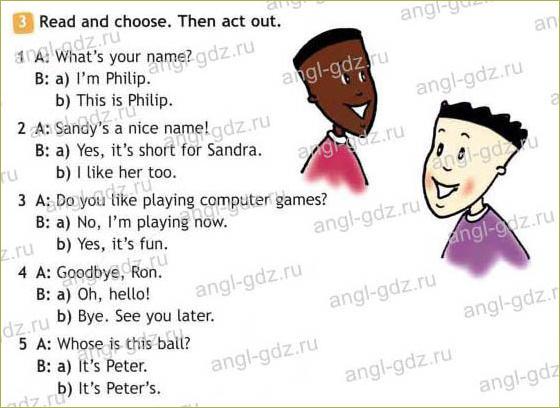
Don Alvaro maintained the school for fifteen years until the Ministry of Information and Tourism bought the complex. Recently, the creator of the Andalusian school has already retired - the historic mission of reviving Spanish dressage has been completed - and returned to his stud farm and fighting bull farm. Dr. Borba, armed with experience gained in Spain, in 1979 finally realized his dream: he created the Portuguese School of Horsemanship.
In 1987 the Andalusian school was taken under the patronage of the Spanish royal family. But back in May 1973 years old Don Alvaro Domek received from the hands of King Juan Carlos the prestigious Golden Horse award.
Horses of the Royal Andalusian Riding School are now winning the hearts of fans all over the world.
Show "How Andalusian Horses Dance" can be considered the pinnacle of the school's work. This unique production is a true equestrian ballet based on elements of classical dressage, Doma Vaquera (literally "Cowboy dressage") and traditional riding.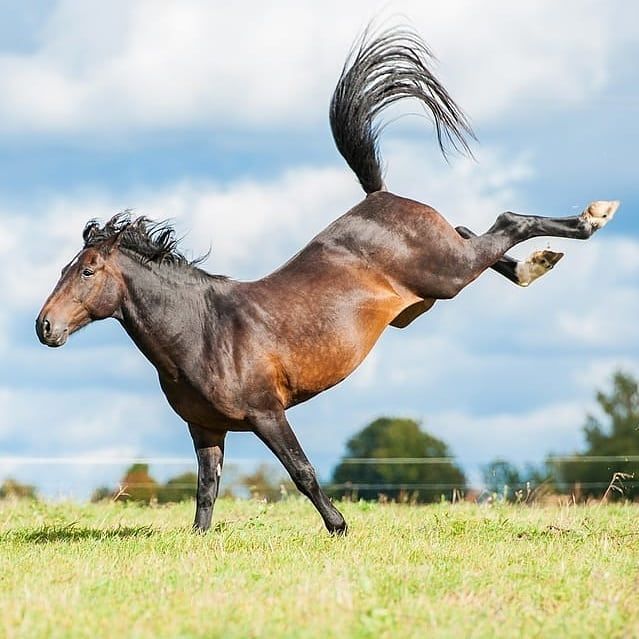 Under the accompaniment of authentic Spanish music, riders in 18th-century costumes demonstrate the most complex elements. As a rule, the performance program consists of 6-8 different productions.
Under the accompaniment of authentic Spanish music, riders in 18th-century costumes demonstrate the most complex elements. As a rule, the performance program consists of 6-8 different productions.
Doma Vaquera
This is the traditional riding style of the Spanish vaqueros (literally "cowboy"), typical of the regions of Andalusia, Salamanca, Extremudura, and also gaining popularity in the south of France. The Doma Vaquera was used by Spanish shepherds to control bull herds and to prepare bullfighting horses.
During the show, the rider demonstrates elements of the Doma Vaquera at walk, trot and canter, maintaining a stable rhythm and cleanliness in the performance of the most difficult exercises, many of which are also characteristic of classical dressage. The stop from an extended canter looks especially impressive, when the horse literally digs into the ground with all four legs.
Dressage Classic
In this part of the show, the riders showcase High School elements. Half passes, passage, piaffe, Spanish step, change of legs in 3-2-1 pace - it seems that for Andalusian horses these most difficult elements do not present the slightest difficulty.
Half passes, passage, piaffe, Spanish step, change of legs in 3-2-1 pace - it seems that for Andalusian horses these most difficult elements do not present the slightest difficulty.
Working in the hands
Andalusian horses demonstrate to the audience that they can perform the elements of the High School not only under the saddle, but also in the hands. School jumps - levada, lanzada, courbet, pesada, as well as the Spanish step - all these elements captivate the audience with their beauty. In addition, the masters of dressage demonstrate the work of the horse on the reins and on the pillars.
Pair riding and figure change
However, Andalusian school is not only performances; a significant place in its work is occupied by educational programs. The school has one of the best veterinary clinics in the country, a saddle shop, where saddles, bridles and other ammunition are made according to traditional Spanish technologies.
Horsemen and master saddlers of the school study for four years. There is a two-year training program for veterinary paramedics and grooms - for internal needs. In winter, courses are open for everyone who wants to get a professional education.
The school is a whole complex with a vast territory, with its own hotel. In the Royal School, even the ammunition is placed in a royal way: a magnificent collection of samples of traditional Spanish saddlery art is stored in a spacious hall. The air is conditioned here, and even palm trees in tubs are not just decoration, they serve to create an optimal microclimate - so that the skin does not dry out and does not become rough.
All five stables (twelve stalls each) are named after the school's legendary horses: Ruisecora, Vendavala, Garboso, Valeroso and Heresano.
Valeroso was the very first "star" of the performance, the creation of a school to which he gave a quarter of a century began with him (Valeroso fell at the age of 32).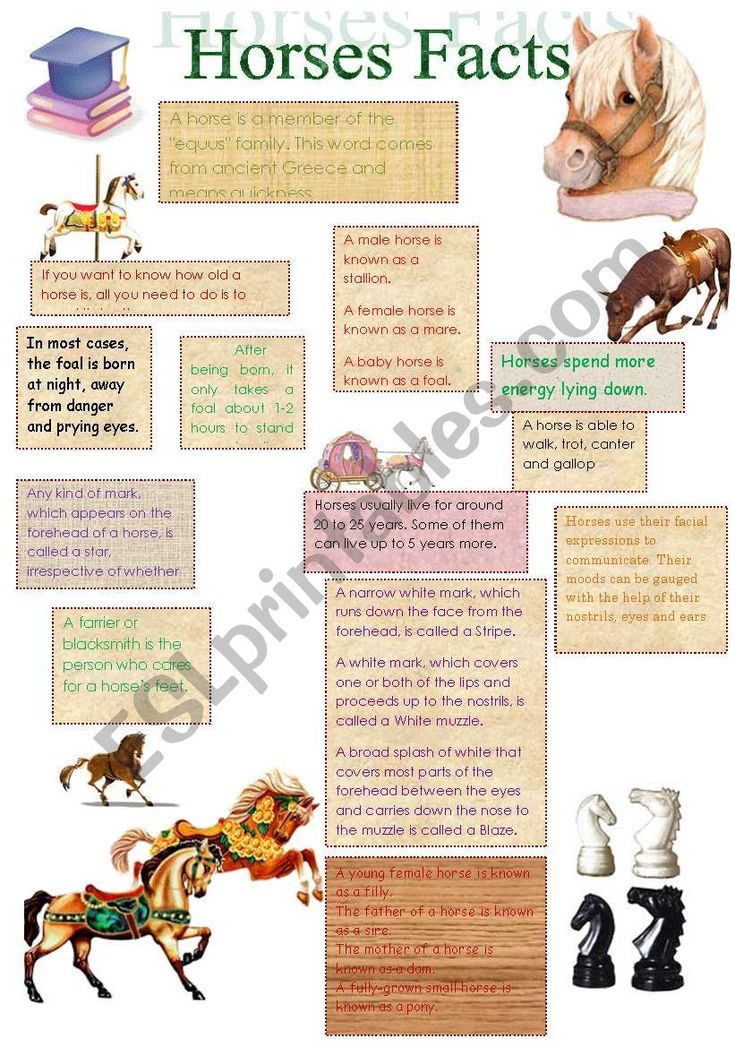 In addition, he left an outstanding offspring, the famous Invasor and Granadero from the Spanish dressage team - his grandchildren.
In addition, he left an outstanding offspring, the famous Invasor and Granadero from the Spanish dressage team - his grandchildren.
The fate of Valeroso is indicative: one of the main goals of the school is the improvement of the Andalusian breed, in particular, its ability to dressage. As soon as the show "How the Andalusian Horses Dance" gained popularity, participation in it became prestigious for the horse, and the surrounding breeders became very enthusiastic about the "trials" of their "pupils" for the role in the play. Naturally, their ideas about the ideal Andalusian horse could not but change.
In 1986, the Andalusian School acquired a valuable collection of twenty-two carriages and forty purebred Andalusian horses. All this splendor was bequeathed to the school by Don Pedro Domec de La Riva. Since then, the collection has grown noticeably, with saddles and harness items from the 12th-13th centuries. A coachman's art school and a museum of carriages appeared, and a wide variety of exits, decorated in the national style, became an integral part of the performances.
